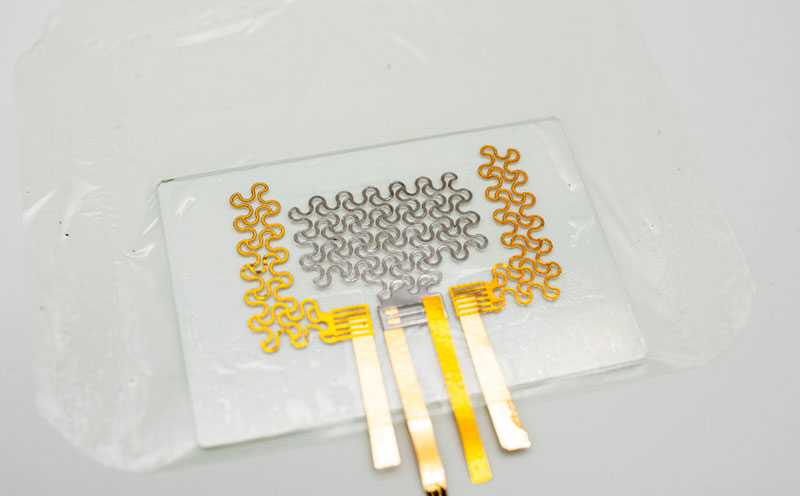
Cardiovascular disease (CVD) is currently the leading cause of death globally. The World Health Organization reported that CVD is responsible for 17 million deaths every year, which translates to approximately 31% of all deaths globally, and expects this figure to rise to over 23 million by 2030. To improve patient care and reduce the risk of death, CVD must be better managed. Remote patient monitoring is a huge trend in disease management and it’s the future of CVD management, said IDTechEx in a press release.
Remote patient monitoring involves a number of connected medical devices for use in the home. These devices provide physicians with the vital signs needed for holistic monitoring of a patient’s condition and can help provide timely intervention to prevent costly acute episodes. Wearables – such as skin patches, accessories and smart clothing – are particularly relevant as most technological RPM innovations are made in this field. Their appeal lies in their ability to provide a greater level of convenience and comfort, thereby improving patient experience and outcomes.
Read more Remote Patient Monitoring with Wearables – Improving Healthcare at Home and at the Point of Care
Wearable devices, as well as non-wearable devices have been deployed to monitor cardiovascular diseases.
Remote patient monitoring for CVD include improving patient adherence, clinical trial monitoring, pre/post-op monitoring, and predicting/preventing cardiac events.

Cardiovascular diseases where remote patient monitoring has been used include hypertension, heart failure and arrhythmias. Patients are typically monitored over the progression of their condition but can also be monitored to diagnose unknown heart conditions. The latter is being advanced in the consumer space – the Apple Watch can now utilize its optical sensor to detect atrial fibrillation in the background. As such, in the future we may see a trend towards consumer healthcare in the CVD space, the IDTechEx report said.
Examples of technologies highlighted in this report include sensors for the detection of cardiac biomarkers, electronic skin patches for cardiac monitoring, wrist-worn devices for blood pressure monitoring, digital stethoscopes, implantable cardiac monitors and defibrillators, ablation catheters, and an ultra-sound based device for the removal of arterial calcium.
Read more VitalCare Remote Patient Monitoring Platform Now Includes Medication Adherence Module
For their research, IDTechEx interviewed a total of 36 companies and research organizations over the phone or in person.











